Contact
Insight:
Real world application of the CRCWSC's research, highlighting that the transition to a water sensitive community can lead to genuine innovation if local citizens are engaged as partners in the process
Project description
Elwood has a history of water management issues related to flooding and water quality, and is home to an active engaged community that feels a strong connection to their local area. Twenty-four local residents participated in research discussions to develop a citizen led vision of a future water sensitive Elwood: a suburb celebrating, rather than resisting, its natural water presence, able to adapt to rising waters, and enjoying its thriving biodiversity. The locals then identified the changes necessary to achieve their vision.
The approach used in this project is known as 'transition management' (Loorbach, 2007). It aims to bring stakeholders together to generate a shared understanding and motivation for enabling transitional change, develop a common vision to guide action, and identify pathways for change that offer a roadmap for navigating change processes.
The drivers
Elwood, a bayside suburb in Melbourne's southeast, was historically the site of a swamp until its drainage in the late 19th century and is periodically prone to major flooding. Elwood has been the focus of several CRCWSC research projects to trial community participation processes and possible water sensitive solutions.
- Ongoing flooding issues: Unfortunately, Elwood's low-lying position at the bottom of the catchment has led to semi-regular flooding of the area. Although flow from upper catchments has been diverted elsewhere, Elster Creek, which runs through Elwood, still floods from time to time, and surges from the Bay can also flood the Elwood canal. The risk of flooding is a constant anxiety for local communities.
- Empowering communities with knowledge and owning solutions: Complex challenges like those for Elwood require good communication and understanding and a shared ownership of solutions. it was recognised early that engaging community in the strategy was essential.
- Need for a whole of catchment approach: Lying at the bottom of the catchment, Elwood is strongly affected by upstream water management. There was an opportunity to take a whole of catchment approach, bringing together key stakeholders including councils and water authorities.
- An opportunity to learn: Recognising the potential of Elwood to become a test case and model for transition to a water sensitive city, the CRCWSC ran five research projects with stakeholders and communities. These included testing community participation processes (Project A4.3), developing tools for land planning (Project B4.1), improving flood risk management practices (Project B4.2), and reviewing precinct-scale water sensitive urban design (Project D5.1).
The innovations
Local residents helped to develop a citizen-led vision for a future water sensitive Elwood and tools were used to understand and communicate the future impacts of flooding
Discussions with local residents: Three days of workshops with 24 local residents were held to develop a citizen led vision of a future water sensitive Elwood. This included:
- Creating a shared vision: Effectively steering change relies on a shared vision, which provides a clear and common set of goals and will guide future actions. During the first workshop, citizens developed five desired vision themes for Elwood, looking ahead to 2065:
- Celebration of water in the landscape
- Rich habitats and thriving biodiversity
- Adapted to rising waters
- An innovative green economy
- The united people of Elster Creek.
- Pathways, strategies and actions created through the workshop process: The overall transition from conventional water management to a water sensitive city will require radical change, and not just with technical approaches. To achieve this immense level of change, stakeholders must agree on a range of strategies and pathways that need to be pursued. The three workshops led to the community developing eight pathways, strategies and actions for Elwood. These are:
- Greening the streets and lanes
- Managing flood paths
- Encouraging informed, resilient and adaptive citizens
- Connecting citizens to place and to each other
- Naturalising the canal
- Protecting and enhancing coastal life
- Taking responsibility for environmental impacts from private property
- Taking catchment-level deliberation and action.
Use of models and tools: A series of tools were used to understand current and future flooding challenges in Elwood. These were used in tandem with the community engagement to plan actions.
- Water sensitive city adaptation planning (i.e. flexible measures for adapting to urban floods in Elster Creek): The CRCWSC developed guidelines for flexible flood adaptation planning, which used a systematic approach to flexible flood adaptation options and applied these to Elster Creek and Elwood. The approach considers the context of the location, multiple perspectives, drivers for change, characterisation of potential adaptation measures, and links/compatibility of solutions to the local context and drivers. The final suite of measures was then tied in with the results of the community workshops to link the measures to community aspirations and the solutions they deemed as high priority. The residents demonstrated a clear preference for green measures, such as raingardens, detention in parks and mangroves.
- Swamp City, 3D Climate Change Scenarios in Elwood, 2062: Building on the previous work developing flood adaptation measures for Elwood, a 3D urban map of Elwood was developed to simulate its current form and proposed adaptations to increase flood resilience.
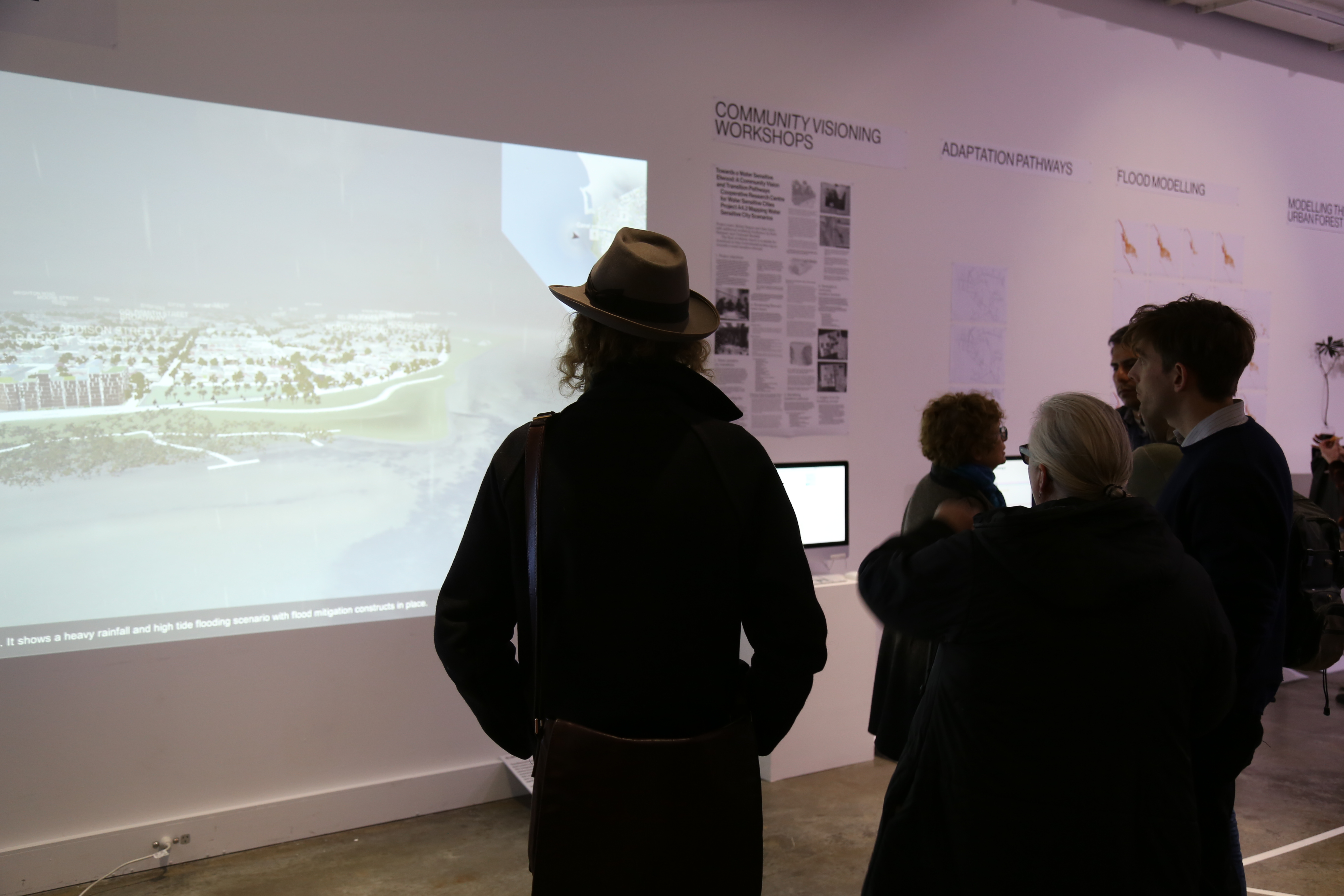
The lessons
The community-led solutions also gave the politicians confidence to implement these solutions and also led to the creation of an institutional mechanism for collaborative decision making across the councils in the catchment.
- Empowering local residents to discuss their concerns, values and aspirations in these areas not only boosts the agenda’s legitimacy, but also builds ownership of the local changes and their vision for the future.
- For Elwood, engaging with local residents resulted in a rich source of ideas for strategies and solutions for improving Elwood’s water sensitivity, highlighting the value of developing local and regional-scale solutions with community knowledge and support.
- The message is positive: sustainable, resilient, productive, and liveable communities are well within reach if communities are actively engaged.
- Community engagement and ownership can also provide local government with confidence in proposing new solutions.
The work showed:
- Coastal and pluvial flood risks appear to be of comparable magnitude. Pluvial flood risk is equally distributed throughout the Elster Creek Catchment, whereas the coastal risk is concentrated in Elwood in the downstream part of the catchment.
- Research in a similar catchment has shown that due to infill development and increases in rainfall intensity, five to ten times as many properties as today will be affected by flooding if we don’t adapt the water infrastructure.
- To mitigate pluvial flood risk, increased local detention (e.g. rainwater harvesting tanks), and combined detention in public open spaces are key components in a catchment-wide strategy in order to reduce and slow down runoff.
- Mitigating coastal flood risk is still likely to require major investments.
Transferability
The elements of these projects that are most transferable are:
- Community consultation to develop visions and future transition pathways for a local-area: This process can be followed in any local area, and with appropriate funding for large-scale workshop processes, can be scaled to larger regional areas. The results of this process are most beneficial when it is linked to local planning processes and delivering future projects in the area.
- Flood adaptation solutions: Using climate change modelling and flood risk mapping in land use planning is transferable in all areas. The application to similar scale catchments is most simple, given that at the local catchment-scale (e.g. local creek catchment), the finer level of detail can identify specific locations for design projects which can then be directly implemented (e.g. channel naturalisation, drainage system improvements). For regional-scale catchment planning, significantly more coordination is needed because several aspects become increasingly complex: the social-political context (larger and more diverse collection of stakeholders), technical approaches (complex and expensive modelling), and governance (numerous local government areas and utility/land/infrastructure owners).
Share this
Project stats
Location
Melbourne, VIC, Australia
More information about Water Sensitive Elwood can be found at:
Contact
The outcomes
 Cities providing ecosystem services
Cities providing ecosystem services

- Manage flood paths: Solutions were identified that would help to manage flood paths while also providing ecosystem services. These included increasing natural storage areas and naturalising Elwood canal.
- Greening streets and lanes: The potential to integrate green areas and soakage into public and private spaces was recognised as an adaptation strategy to both support liveability and help to reduce flood risk. The implementation of water sensitive urban design in the upper catchment was also identified as a useful strategy.
 Cities as water supply catchments
Cities as water supply catchments

- Rainwater and stormwater harvesting: Harvesting of rainwater and stormwater was identified as delivering some benefit to Elwood, particularly where it can be delivered in the upper urban catchment.
 Cities comprising water sensitive communities
Cities comprising water sensitive communities

- Citizens’ knowledge and desire to make wise choices about water: The engagement process revealed the breadth of community values and aspirations related to water, infrastructure and environmental management and provided them with a platform to effect change.
- Community actively engaged in decision making: The workshop outcomes will directly shape the future direction for Water Sensitive Elwood, and created community champions to continue to develop the vision and strategy for Elwood’s future.
Interested in this solution?
We partner with small and large companies, government and industry in Australia and around the world.
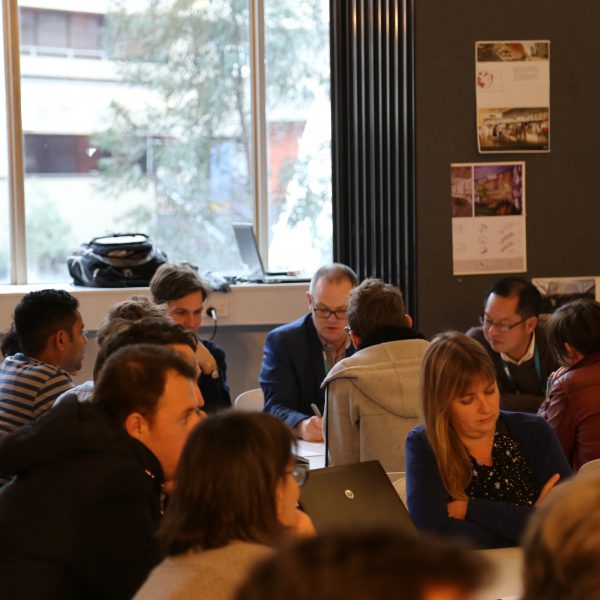
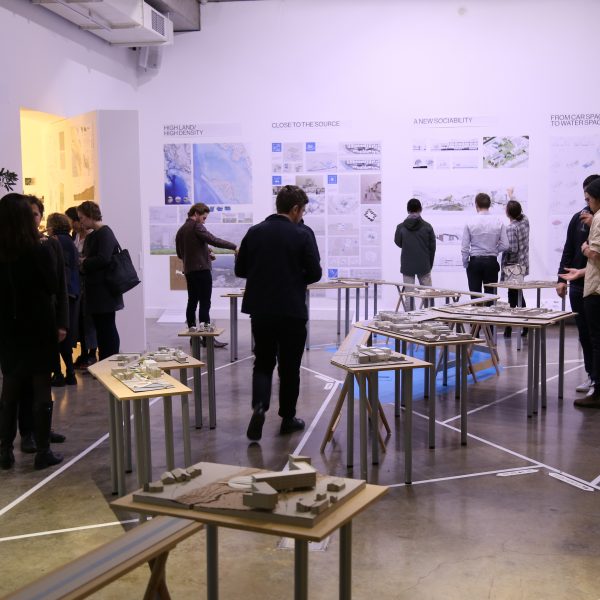
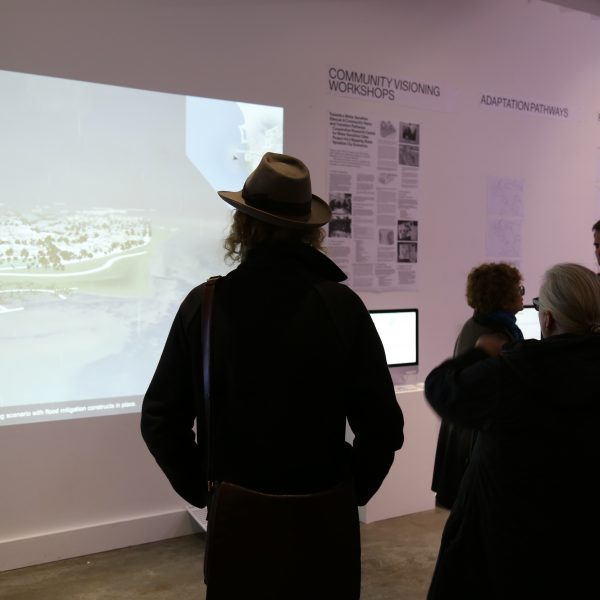
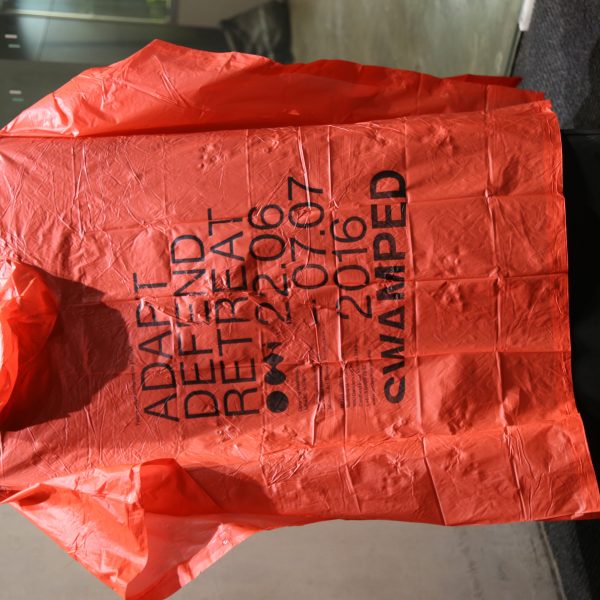
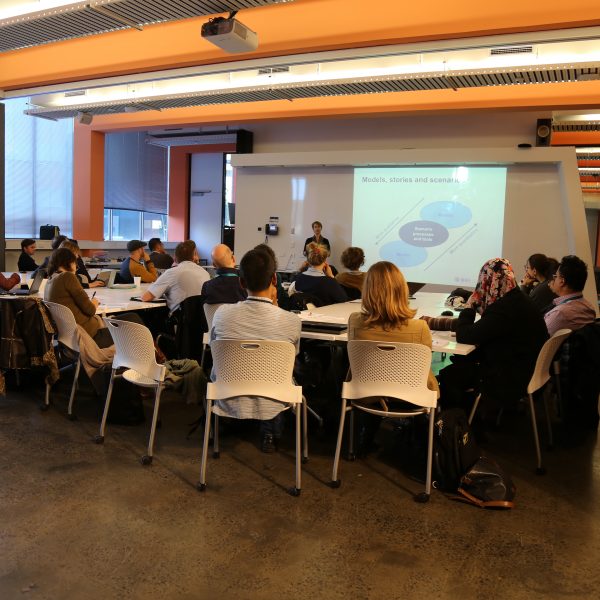

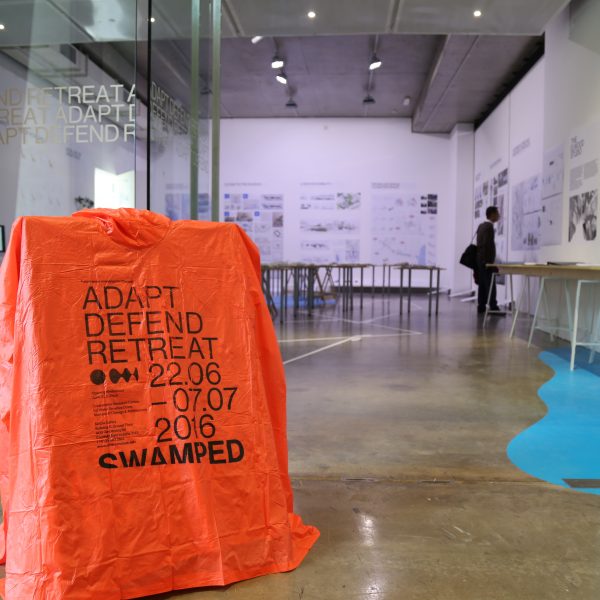
Comments